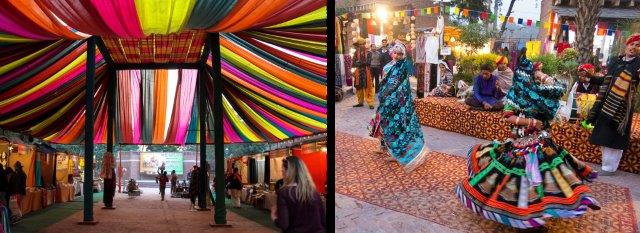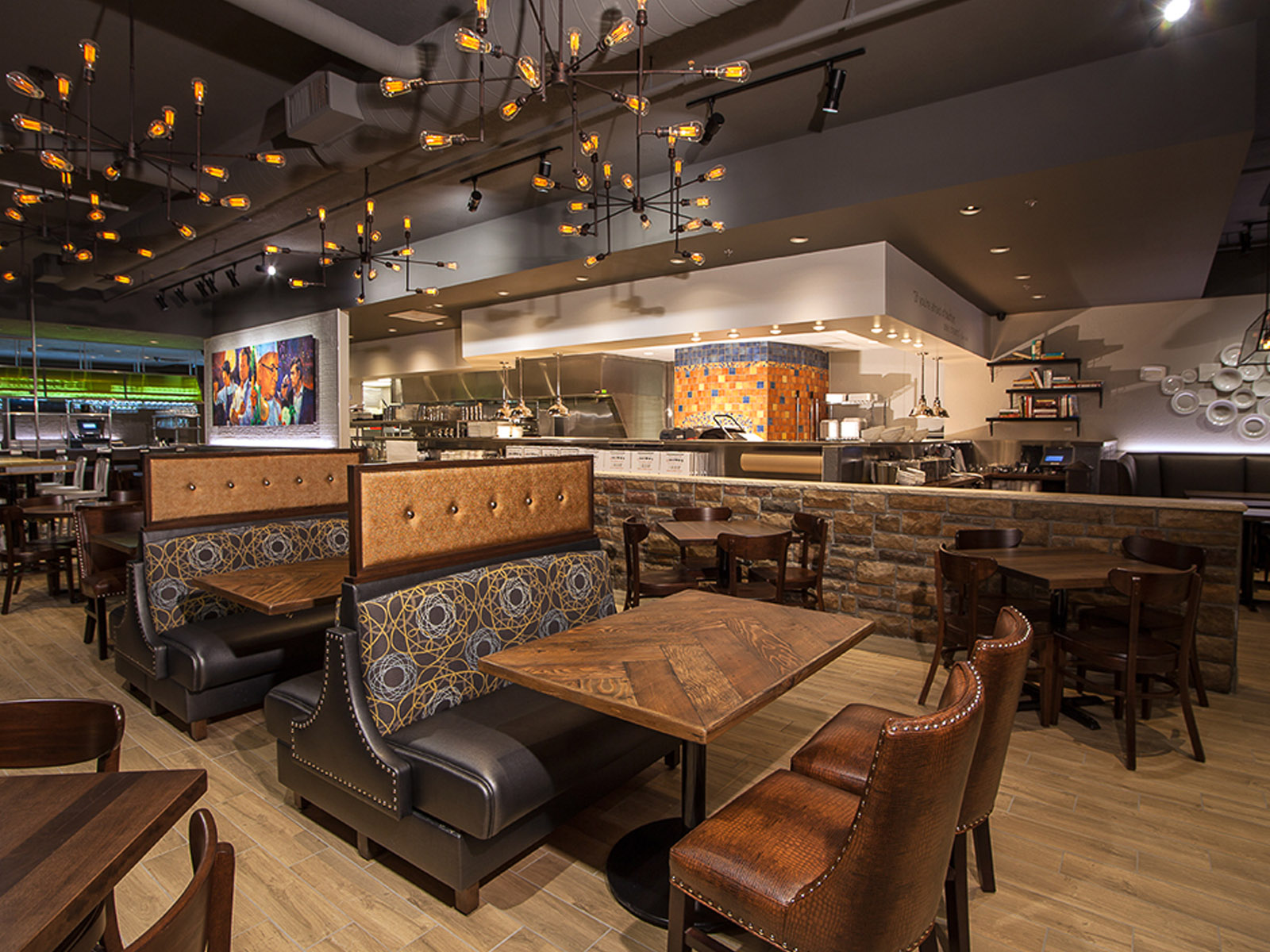Commentary
Retail Design in India: Confluence of Two Cultures – by Sanjay Agarwal
Oct 21, 2015
India has been traditionally a culture driven by “collective” and “consensus.” This meant that people sought and respected opinions and thoughts of elders, family members, friends, teachers, and so on. Whether for an arranged marriage, buying a car, or even getting a new hair style, people seek endorsements to get assurances. While in last few decades, more and more people, and the younger generation in particular, sought more independence and self-assurance, Western influences have shaped thinking of new generations. But it is still not unusual to see people seeking recommendations and opinions through Facebook – and the success of Facebook in India is largely due to the fact that an average Indian loves to comment and seek feedback!
Where Consumers Shop
While traditional Bazaars and Markets have always attracted Indians to shop, the last two decades of extensive Mall culture and now E-commerce have provided an interesting case for retail designers to rethink some facts and patterns. While on one hand traditional or contemporary forms of Bazaars and Marketplaces have been successful in attracting people and generating shopping, not all Malls, however upscale they are, have been successful in the long run. Actually more than 40 percent of Malls have either closed or have been mostly abandoned in last decade or so.
Delhi Haat, a contemporary version of an Indian Bazaar in Delhi, opened during the 1990’s and is one of the most amazing examples of a modern design of retail, where even a non-air conditioned place draws people across strata; not only to shop but also to just “hang around.” And that is in contrast to many fully air conditioned Malls and shopping arcades that have shut their doors lacking walk-in traffic.
Another successful example is Connaught Place in Delhi. Built in 1930’s, this Market still stands as testimony to India’s best retail arcade to date. Le Corbusier designed Sector 17 in Chandigarh, and it comes close to Connaught Place through its intermixed use of Plazas.
Catering to Shopper Groups
As an architect and an urban planner, one can easily understand that open spaces do attract people more than enclosed places. But beyond this thought, there is actually more to it. The “family” and “collective” thinking of Indians also results in our consumers shopping in groups of friends, families, colleagues, etc. – whether in a Bazaar or a Mall, one seldom sees them alone. When they shop in groups, they seek more than shopping; be it bartering, food, fun, entertainment, etc. Even in an individual store, one can see a group of three-or-four people entering and shopping collectively. Shops designed to cater to such group shopping do a better job than shops designed more for an individual. In a group, customers seek help, advice and so on. That is the reason traditional stores, whether for jewelry, sarees, or groceries, always do brisker business than their modern contemporaries. Owners and sales staff of traditional stores are trained to deal with customers accordingly.
The sudden and soaring success of E-commerce retail in India has surged. Indian consumers recognize how technology has helped them to get connected via a screen with the best deals and lowest price they can pay for their wants and needs. Comparable to a Bazaar, shoppers can now go high-tech to achieve their best bargains.
The Indian-Centric Psyche
So, it brings to the point that a successful Indian modern retail store is necessarily not one which only has an attractive design, but a store that smartly incorporates an Indian-centric psyche within the environment. Some examples like Biba, a brand for Indian women that offers modern Indian ethnic wear, has stores with a Western outlook for the urban women, but an Indian sensibility when it comes to shopping. The store is designed in a welcoming manner, not empty or intimidating, and a place where women can have hundreds of choices at arm’s length, chit chat with their group, talk on the phone, pick up merchandise and most importantly, keep shopping!
Sanjay Agarwal co-founded FRDC in 2007, and serves as its Managing Director, working with clients including Raymond, Tata International, Color Plus, Samsung and many others. For more information, visit their website at www.frdc.in or email Sanjay at sanjay@frdc.in
